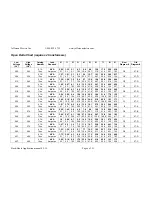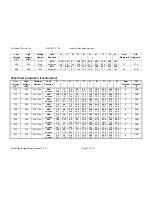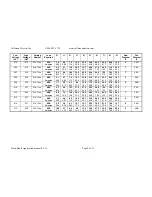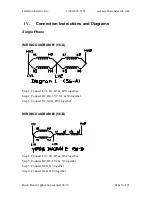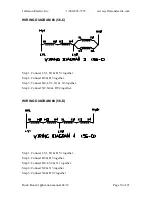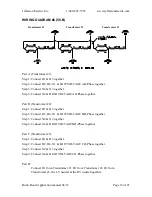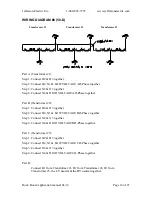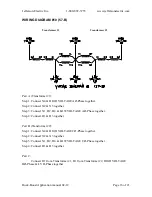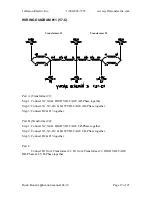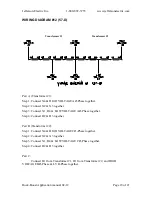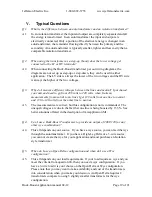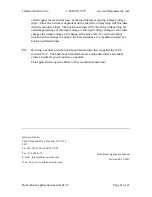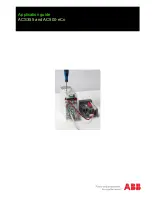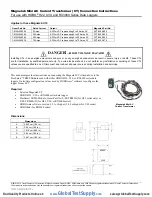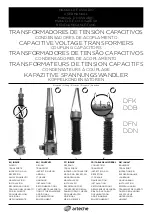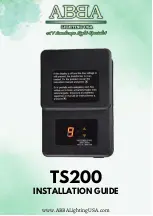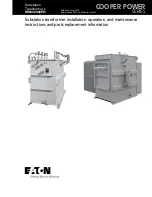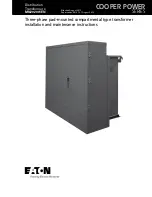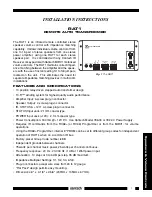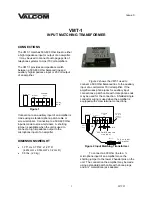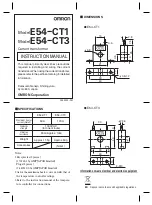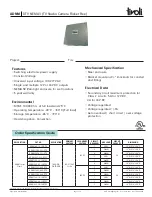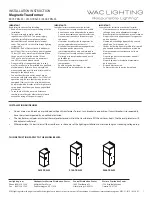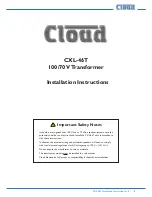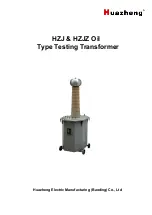
Jefferson Electric Inc.
1-800-892-3755
www.jeffersonelectric.com
Buck-Boost Application manual 02-12
Page 20 of 21
Q6.
Why does the nameplate read High Volts =120 x 240 and Low Volts = 12/24,
when the chart shows that I can connect 208 volts in and 229 volts out ?
A6.
The nameplate shows the rating for when the unit is used as an isolation
transformer. When the transformers are used as auto-transformers they are only
“transforming” a portion of the total voltage.
Q7.
Why do I have larger capacity wire then what is in the transformer?
A7.
You have a larger capacity wire because you have sized yours for the current that
is required for your load and source. Our wires are smaller in capacity because of
the features of an autotransformer that subtracts the current in the common coil.
Since the current that will flow through our wires is less, the capacity of the wire
can be smaller.
VI.
Misapplications
M1.
Pulling the neutral around the transformer on a single-phase application. This
usually occurs when the source voltage is 208Y/120 and you need to feed a
single-phase panel with 120/240.
What occurs is that you size the buck-boost unit to go from 208 volts up to 240
(236) volts, obtain the units and boost the voltage between your lines from 208
volts to 236 volts. You pull this new voltage to the panel and since the panel
requires a neutral, you take the neutral from your 208Y/120 source and pull it to
the panel.
When taking voltage measurements you realize that from one line to neutral is
120 volts, but from the other line to neutral you have a higher voltage than 120,
somewhere between 130 and 145 volts. This occurs because on the
autotransformer connection line one is a common line between the input and the
output. Since it is directly connected to the input, the voltage between line and
neutral stays at 120 volts. The other line has been boosted 13.3%, so the voltage
to neutral has also been boosted. That is why the voltage is higher than 120 volts.
Two Solutions:
1.
The correct transformer is an isolation transformer rated 208 volts to 120/240
volts.
2.
A second choice is to use the buck-boost transformer for the 240 volt loads only,
the 120 volt loads can be fed by using the source 208Y/120 volts.
M2.
Using a buck-boost transformer to correct voltage drop. This application is load
dependent, voltage drop occurs because of I
2
x R losses. (These losses are also

